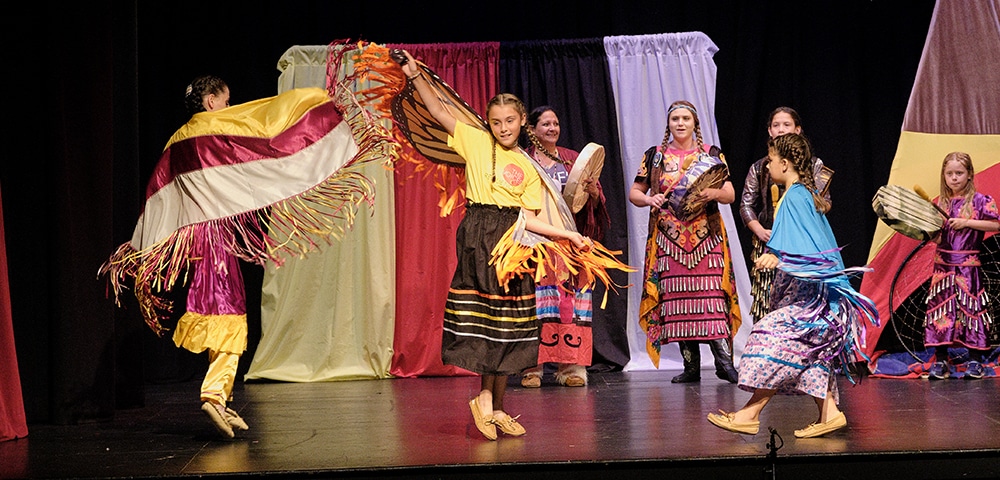L’nuey Executive Director

L’nuey Executive Director
Jenene Wooldridge, BA (Hons), CAPA, ICD.D
Jenene Wooldridge is Executive Director of L’nuey – the Epekwitk Mi’kmaq Rights Initiative. She is a proud member of Abegweit First Nation and passionate about her community. Jenene is committed to advancing the interests of the Epekwitnewaq Mi’kmaq and all Epekwitnewaq (Islanders). Prior to her leadership role with L’nuey, she served for over a decade in senior management with Abegweit First Nation.
She was named one of the top 25 most powerful women in business by Atlantic Business Magazine in 2021 and recently completed the ICD-Rotman Directors Education Program and obtained ICD.D designation. Jenene also serves on Renew PEI: The Premier’s Council for Recovery and Growth.
She has participated as a member of numerous Indigenous boards and initiatives, both regionally and nationally, and has led numerous comprehensive community planning exercises, helping First Nation communities set a strategic path to healthy, successful futures. In recent years Jenene has represented Mi’kmaq interests at numerous negotiation tables and has coordinated consultation and engagement efforts in her own community and many others.
She resides in Kuntal Kwesawe’kl (Rocky Point) with her husband and two children
- What is discussed in Consultations?
The consultation process provides an opportunity for the Mi’kmaq to address concerns in regard to the protection of rights such as cultural and traditional practices, the use and occupation of the Mi’kmaq, Archaeological concerns.


